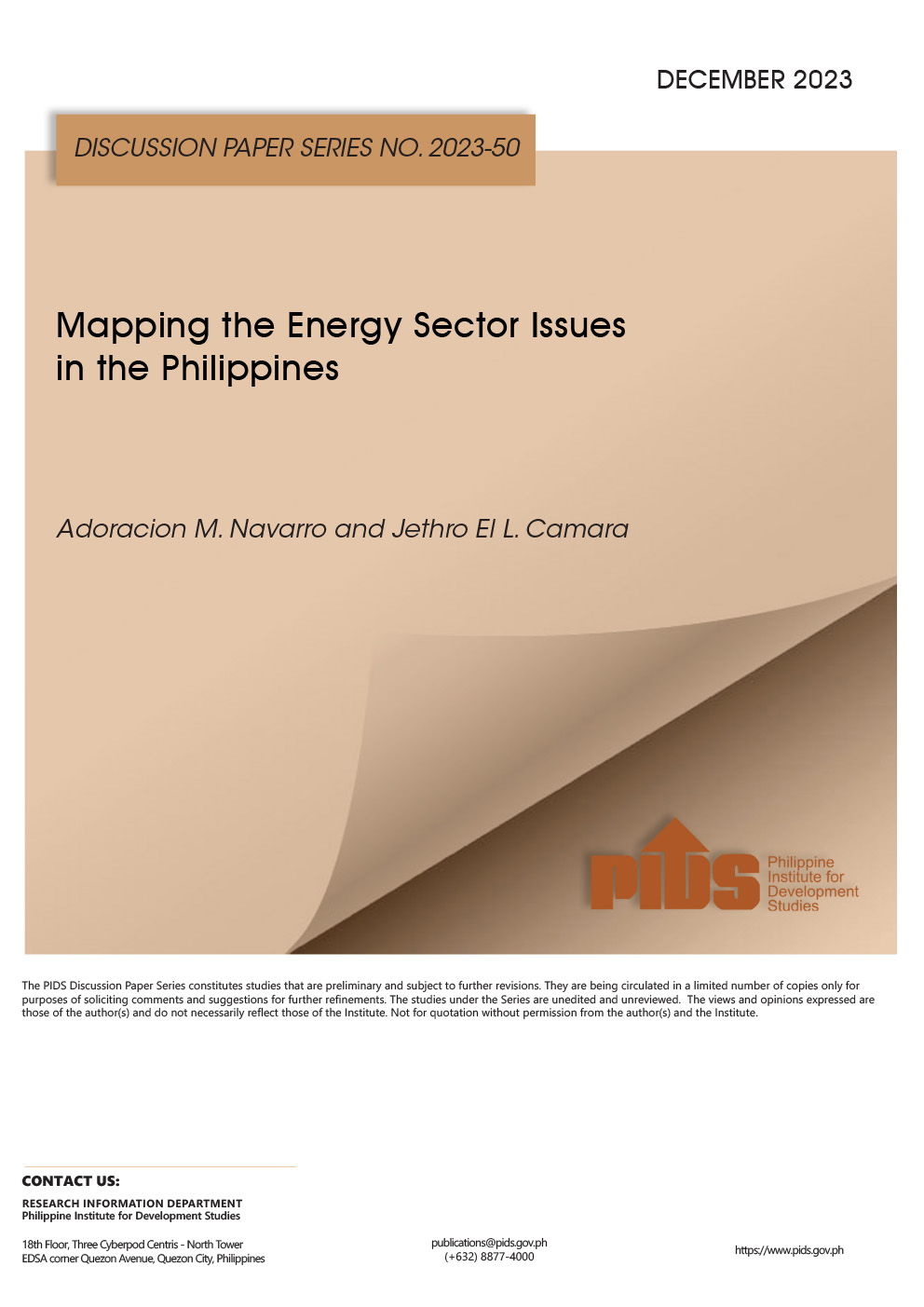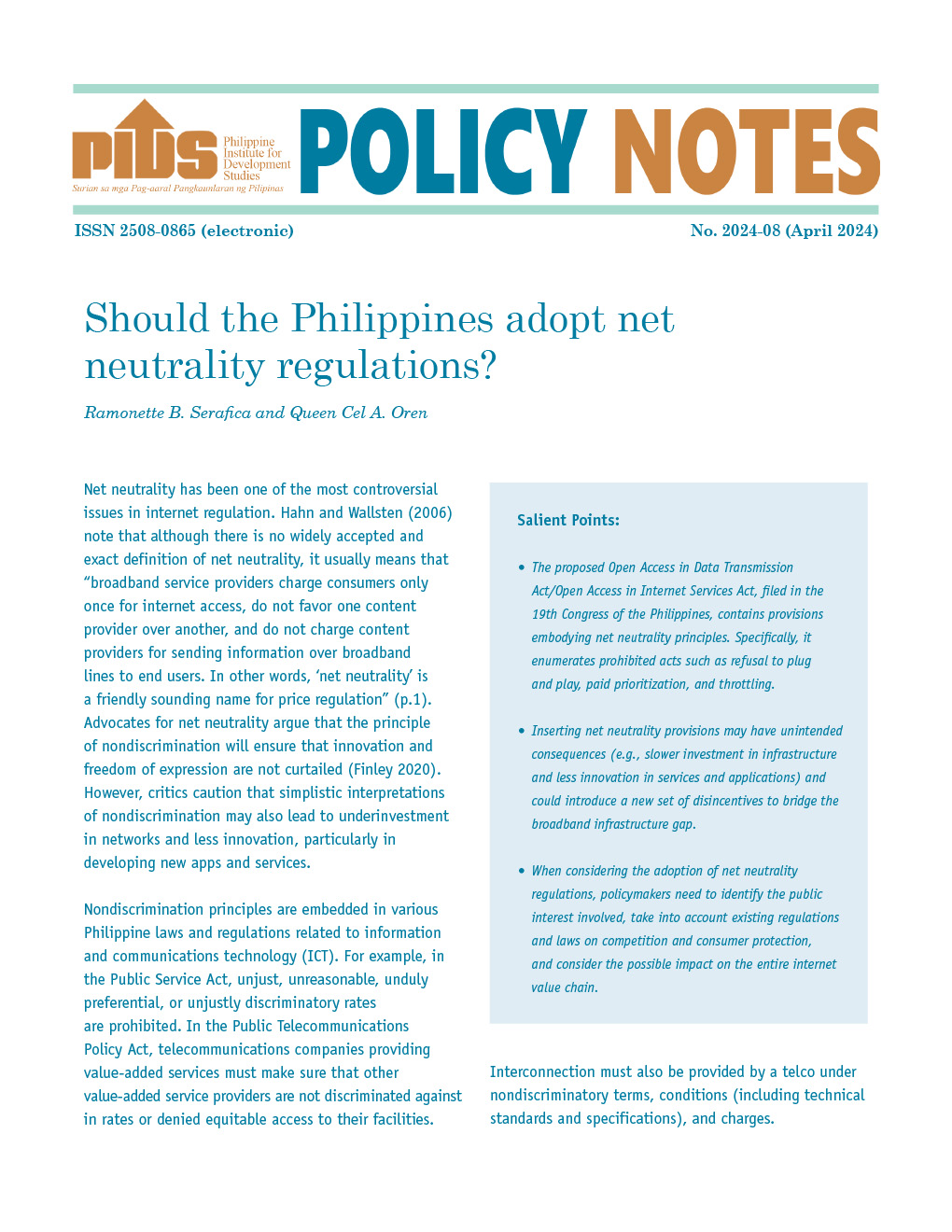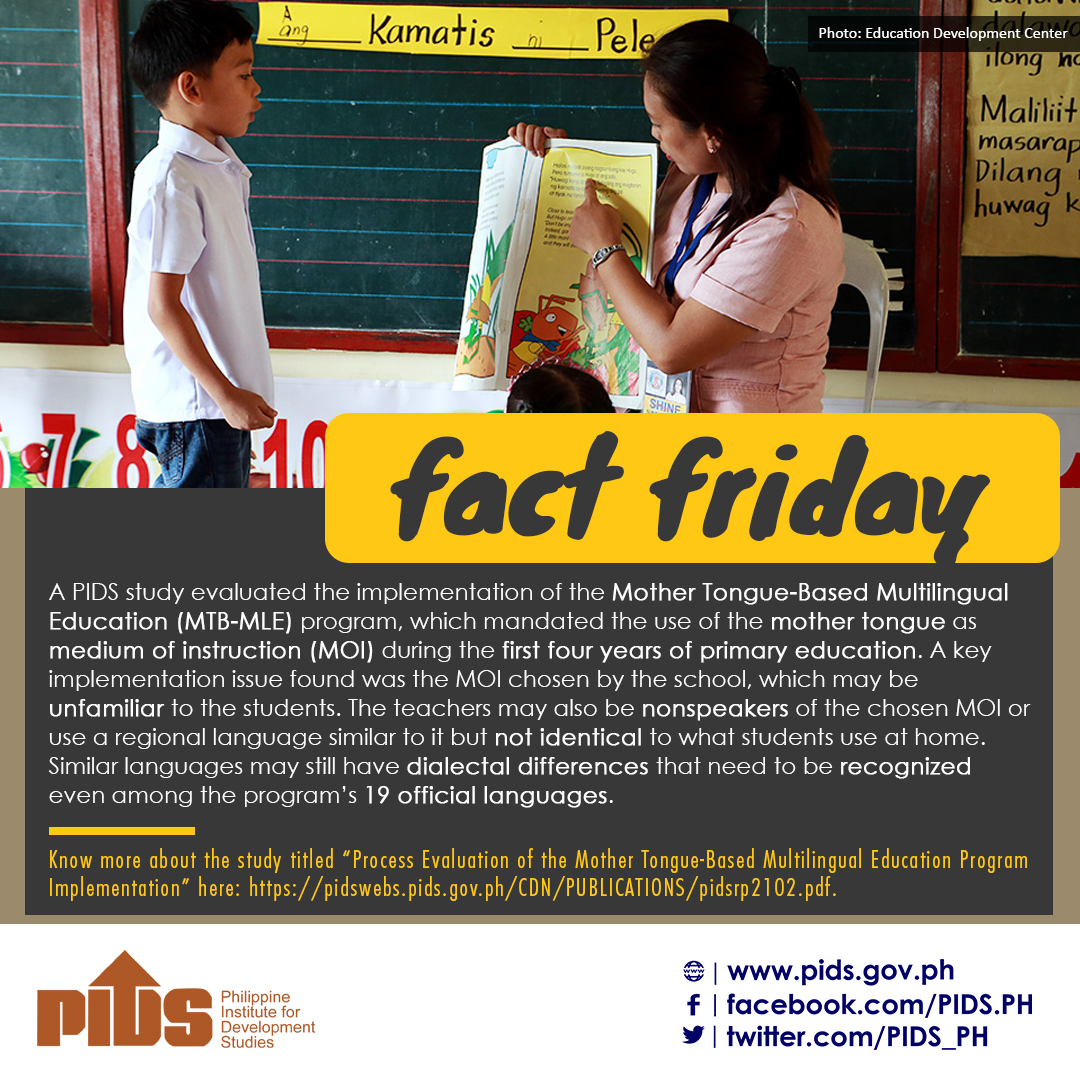To narrow the digital divide in the Philippines, the government must update policies on digital infrastructure and strengthen public-private partnerships, according to telecommunications analysts and industry leaders.
“Government investment in digital infrastructure must be targeted at network segments and areas where the market fails to deliver,” said Jose Ramon G. Albert, senior research fellow of the Philippine Institute for Development Studies, at a Jan. 25 webinar organized by the United States Agency for International Development (USAID).
“Many times we have a lot of good ideas, but we also have a lot of implementation deficits,” he said, citing the Alliance for Affordable Internet’s (A4AI) 2021 Affordability Drivers Index (ADI), which places the Philippines second to last in Southeast Asia.
Ana Maria Rodriguez, research analyst of Web Foundation and A4AI, shared that they developed the tool to assess how well a country’s policy, regulatory, and overall supply-side environment is working to create more affordable broadband.
Though the Philippines improved by four notches in 2021, scoring 54.6 compared to 54.2 in 2020, the country still has a long way to go in terms of lowering costs, she said.
The index shows that the affordability of one gigabyte of data is 1.27% of the gross national income (GNI); A4AI recommends a goal of five gigabytes for 1.27% of GNI.
OPEN ACCESS
House Bill No. 8910, or the Open Access in Data Transmission Act, is a bill that the analysts touted would improve affordability, as it lowers barriers to entry for the telco industry, which in turn will lower internet service costs.
“Passage of this bill will address these key issues that are brought about by legal obstacles, and bridge the broadband infrastructure and supplier gap,” said Mary Grace Mirandilla-Santos, vice president for policy of the Internet Society Philippines Chapter.
She pointed out that it would be a “great follow-up” to last year’s signing of Executive Order 127, which gave telco players and other businesses wider access to all satellite systems. The Department of Information and Communications Technology (DICT) released its rules and regulations in September.
“We need more of these reforms to enable competition. [They’re] the key really to bring these prices down,” said Ms. Mirandilla-Santos.
Meanwhile, telco industry leaders from Globe Telecom, Inc., PLDT Inc., Converge ICT Solutions, and DITO CME Holdings Corp. all agreed that collaboration is important.
“Policy will be care of government and infrastructure will be care of service providers but, most importantly, this extends to everybody who has a stake on the internet,” said Gary F. Ignacio, PLDT vice-president and strategic business development head.
“We have to look at the value chain and get everybody involved,” he added.
USAID, which launched its Better Access and Connectivity (BEACON) project last year, aims to increase digital connectivity in the Philippines and assists government agencies like the DICT and the National Telecommunications Commission.
‘Implementation deficits’ hamper connectivity efforts — telco experts












